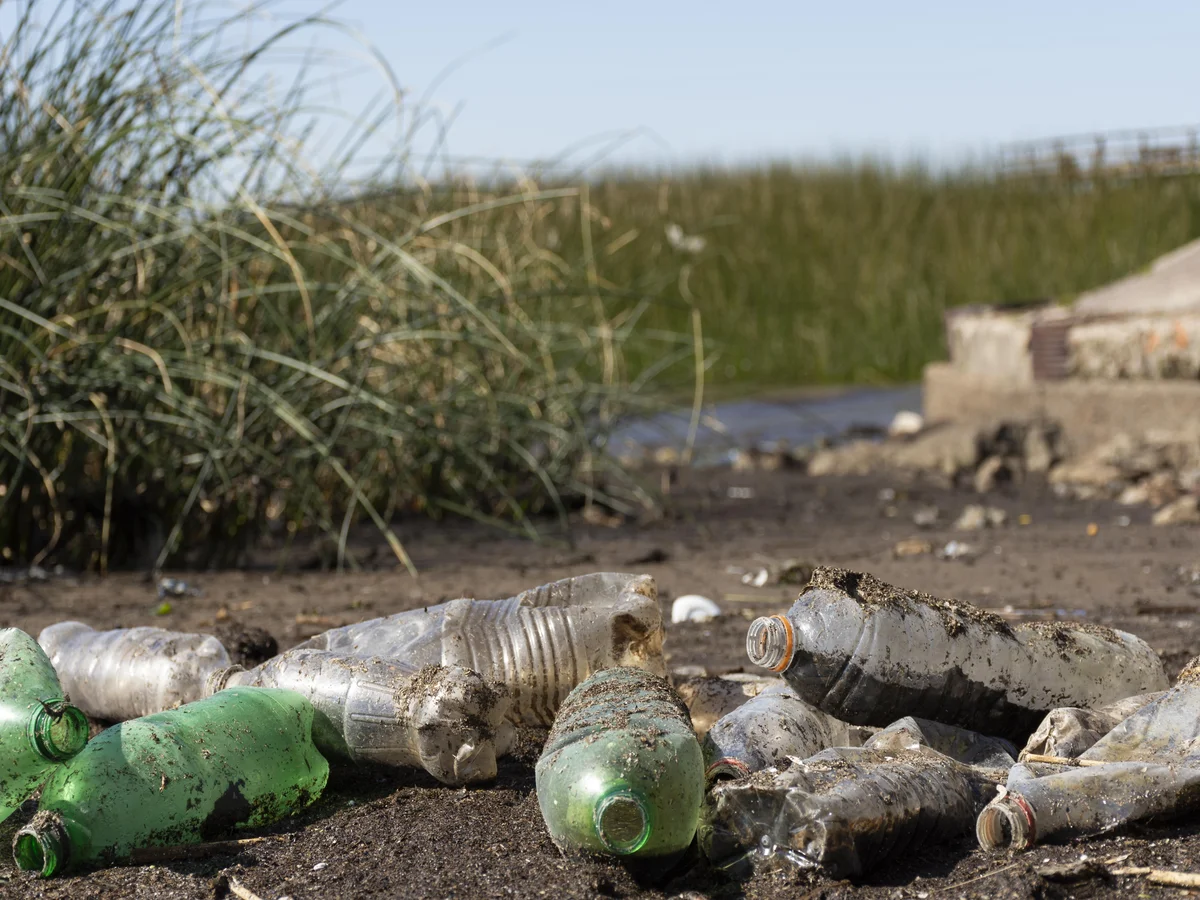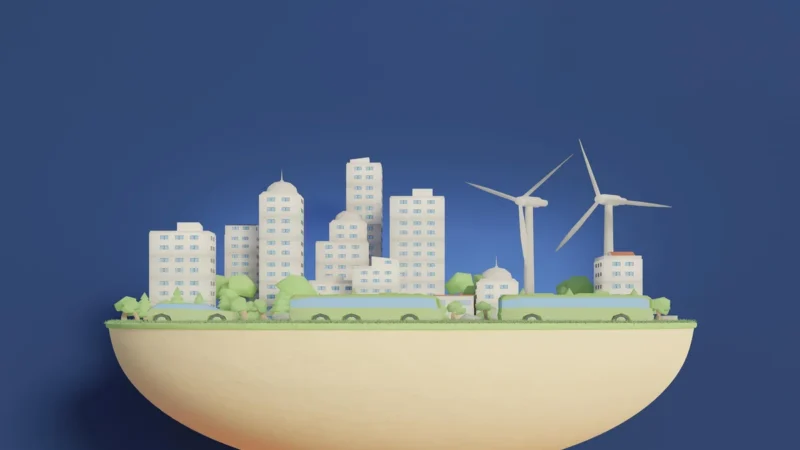10 Harmful Effects of Plastic on the Environment

Plastic, a versatile and durable material, has become an integral part of our daily lives. However, its widespread usage has resulted in severe environmental consequences. In this article, we will explore ten harmful effects of plastic on the environment, shedding light on the long-lasting impacts caused by this ubiquitous material.
I. Pollution of Water Bodies
Plastic waste finds its way into rivers, lakes, and oceans, leading to water pollution. This pollution has a devastating impact on aquatic ecosystems and marine life. Marine animals often mistake plastic debris for food, causing digestive blockages, starvation, and ultimately death. Additionally, the breakdown of larger plastic items into microplastics poses a significant threat to marine organisms throughout the food chain.
II. Soil Contamination
Plastic waste, when dumped in landfills, slowly breaks down into smaller particles known as microplastics. These microplastic particles contaminate the soil, affecting its fertility and disrupting natural ecosystems. The presence of microplastics in soil can hinder nutrient absorption by plants, leading to reduced crop yields and agricultural productivity.
III. Air Pollution
When plastic waste is incinerated, it releases toxic gases and particulate matter into the air. The burning of plastic contributes to air pollution, exacerbating respiratory problems and posing a risk to human health. Furthermore, plastic combustion releases greenhouse gases, contributing to climate change and global warming.
IV. Wildlife Endangerment
Plastic waste poses a significant threat to wildlife, particularly through entanglement. Animals such as birds, marine mammals, and reptiles can become trapped or entangled in plastic debris, leading to injuries, suffocation, or drowning. The destruction of natural habitats due to plastic pollution also increases the risk of extinction for many vulnerable species, emphasizing the need for conservation efforts.
V. Disruption of Ecosystem Balance
The accumulation of plastic waste in ecosystems disrupts the delicate balance of nature. As plastic enters the food chain, it affects various organisms, leading to reduced biodiversity and ecological imbalances. The loss of key species can have cascading effects throughout the ecosystem, impacting the overall stability and functionality of natural systems.
VI. Persistent Organic Pollutants
Plastic products often contain additives and chemicals that can leach into the environment. Some of these substances, such as bisphenol A (BPA) and phthalates, are known as persistent organic pollutants (POPs). They can accumulate in the tissues of living organisms, including humans, leading to long-term health issues and contaminating the food chain.
VII. Visual Pollution
Plastic litter, scattered across landscapes and water bodies, creates visual pollution. It diminishes the aesthetic appeal of cities, natural environments, and tourist destinations, negatively impacting local economies that rely on tourism. Visual pollution also instills a sense of apathy towards environmental concerns, as it normalizes the presence of waste.
VIII. Energy Consumption and Resource Depletion
The production of plastic requires significant amounts of energy, primarily derived from fossil fuels. This dependence on non-renewable energy sources contributes to carbon emissions and further exacerbates climate change. Moreover, plastic production consumes vast amounts of natural resources, including oil and natural gas, which are finite and non-renewable.
IX. Waste Management Challenges
The sheer volume of plastic waste generated poses substantial challenges for waste management systems. Inadequate recycling infrastructure, coupled with inefficient waste management policies, leads to the accumulation of plastic in landfills and improper disposal practices. The overflow of landfills and the lack of effective plastic recycling contribute to the environmental burden caused by plastic waste.
X. Microplastics in Human Consumption
The presence of microplastics in the environment has raised concerns about their potential impact on human health. Microplastics have been found in various food items, including seafood, salt, and drinking water. Ingesting microplastics can lead to the accumulation of harmful substances in the body, with potential long-term health effects that are still being studied.
Key Takeaways:
The harmful effects of plastic on the environment are widespread and far-reaching. From polluting water bodies and endangering wildlife to contributing to climate change and threatening human health, the consequences of plastic pollution demand immediate action. By raising awareness, implementing effective waste management strategies, and promoting sustainable alternatives, we can mitigate the detrimental impacts of plastic on the environment and safeguard our planet for future generations.
FAQs related to Harmful Effects of Plastic on the Environment
Q: What are the harmful effects of plastic on the environment?
Plastic pollution leads to water contamination, soil degradation, and air pollution. It endangers wildlife, disrupts ecosystems, and contributes to climate change.
Q: How does plastic pollution affect marine life?
Plastic waste in oceans harms marine life through ingestion and entanglement, causing injuries, starvation, and death. Microplastics also enter the marine food chain, affecting organisms at various levels.
Q: Can plastic pollution impact human health?
Yes, the presence of microplastics in food and water sources raises concerns about potential health risks. Ingesting microplastics may lead to the accumulation of harmful substances in the body, with potential long-term effects.
Q: What are microplastics, and why are they a concern?
Microplastics are tiny particles of plastic that result from the breakdown of larger plastic items. They can contaminate soil, water, and food sources, posing threats to ecosystems, wildlife, and potentially human health.
Q: How can plastic pollution be reduced?
Reducing single-use plastic consumption, recycling, and adopting sustainable alternatives are key steps. Support for policies promoting responsible waste management and raising awareness about the issue are also vital.
Q: What is the role of individuals in combating plastic pollution?
Individuals can make a difference by reducing plastic consumption, recycling correctly, and supporting businesses that prioritize sustainable practices. Educating others and participating in clean-up initiatives also contribute to the solution.


